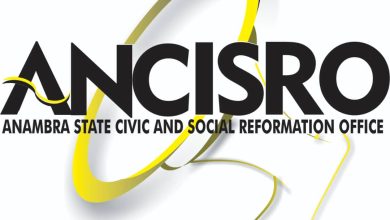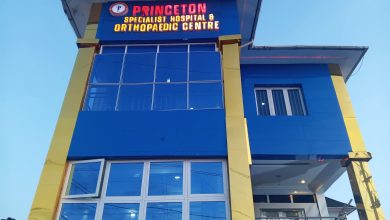
By Tony Okafor, Awka
It was a regular Thursday — July 3rd, to be exact — but what began as a routine political assignment ended as a sentimental expedition through a once-notorious corridor of lust, lies, and late-night escapades.
Yes, the same Arthur Eze Avenue where “Holy Mango” once stood — the infamous ashawo haven of early 2000s Awka — is no more. And believe me, I looked for it.
Let’s rewind a bit. In August 2002, I was named Best Staff of the Month at the Daily Times Nigeria Plc.
One of the stories that earned me that honour was a bold exposé on commercial sex workers who operated under the shade of the Holy Mango tree.
I chronicled their tales — not with judgment, but with empathy. Many of them cited poverty, family burden, and lack of opportunities as reasons for venturing into the world’s oldest profession.
My investigative visits — some of them nocturnal — raised eyebrows in the newsroom then at Government House, Agu Awka. “Tony, na you dey go there pass!” some colleagues teased.
But investigative journalism isn’t for the faint-hearted — or for those easily rattled by gossip.
Since that story, I had rarely walked that stretch of Awka. But last Thursday, fate — or perhaps miscommunication — took me back there.
I had been invited to cover a campaign rally for a 2025 Anambra governorship candidate of the Action Alliance (AA), Ozo Jeff Nweke.
Thinking the venue was Emmaus House, I arrived promptly at 10 a.m. To my surprise, the place was eerily quiet — not even the usual stray sheep and gosts belonging to a certain bishop was in sight.
After waiting 30 minutes with no sign of a rally, I called a colleague.
“Guy, na Marble Arch Hotel o,” he said mid-chew. “But dem never start. I dey somewhere outside the place dey chop.”
I sighed. The actual venue was about half a kilometre away.
Determined to make something of the morning, I decided to walk. And that was when the past softly tapped me on the shoulder.
Arthur Eze Avenue was unrecognisable.
New commercial buildings had replaced the bars and guesthouses that once lit up the night. The Holy Mango tree? Gone. Completely vanished. In its place stood fresh structures, modern and polished.
The old hotels in the area — once lively hubs for night crawlers, politicians, and even a former governor — had aged poorly. Their cracked walls now whispered stories only the wind seemed willing to hear.
Still, I walked — with nostalgia in my pocket and a knowing smile on my face.
Approaching Unizik Junction, I noticed that the iron barricades on the expressway — installed to discourage jaywalking — had been tampered with.
The pedestrian bridge still stood, but it had morphed into a noisy marketplace for shoe vendors, beggars, and megaphone-wielding herbal medicine sellers competing for attention.
I climbed the bridge anyway — a short uphill trek, but one that reminded me that old age had indeed arrived.
Descending on the other side, a group of Keke (tricycle) riders spotted me.
“Sir! Drop?” they chorused.
I instinctively glanced down at my stomach. Not as round as before, thanks to months of skipping heavy meals at night.
“How much to Marble Arch?” I asked.
“N2,000!” they chorused.
For a half-kilometre stretch?
“Abeg, I go trek,” I replied, waving them off.
But as I continued on foot, my earlier irritation melted into admiration. The road was smooth. The walkways were neat. The median was freshly painted and tastefully lined.
It struck me: Governor Chukwuma Charles Soludo’s “Dubai-Taiwan” vision for Anambra was no longer just a campaign phrase — at least not along this corridor.
Awka, it seemed, was steadily transforming — brick by brick.
When I arrived at Marble Arch Hotel, the rally was yet to commence. But in my mind, I was still standing beneath a mango tree that no longer stood — a symbol of a city that has quietly shed its old skin and emerged, for better or worse, transformed.
In journalism, we often chase stories. But once in a while, the city tells you one of its own — through vanished landmarks, outrageous Keke fares, and the silent testimony of a missing tree.
And that’s why I couldn’t see the ashawo spot again – The Holy Mango Tree.




